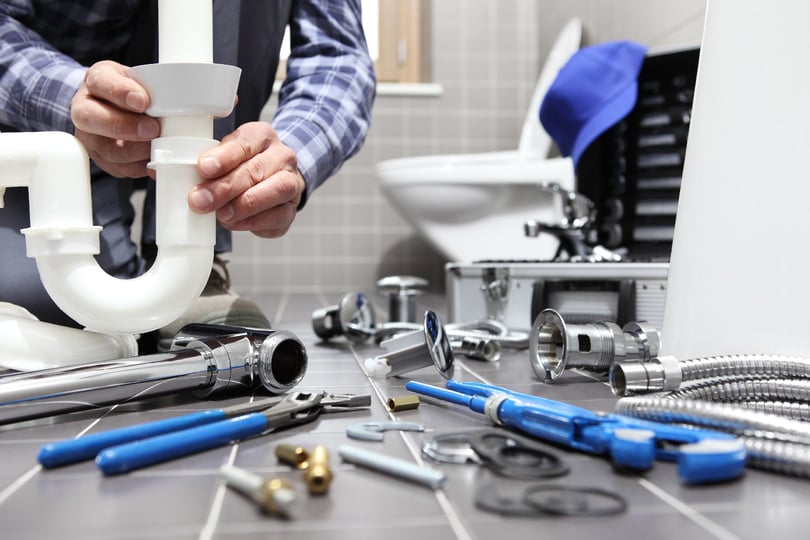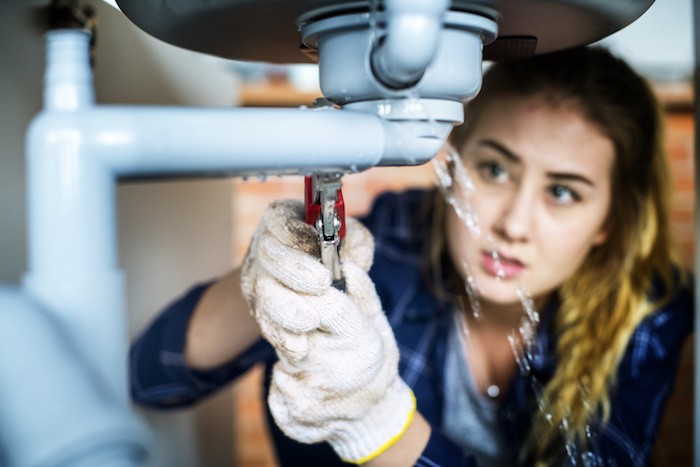Knowing Ideal Instances to DIY and When to Engage a Expert Plumber
Knowing Ideal Instances to DIY and When to Engage a Expert Plumber
Blog Article
Almost everyone is bound to have their private conception with regards to DIY vs. Professional Plumbing Repairs: When to Call a Pro.

Introduction
Pipes problems can range from minor aggravations to significant frustrations, usually motivating home owners to make a decision between tackling the problem themselves or contacting an expert plumbing. Recognizing when to do it yourself and when to look for professional assistance can conserve time, cash, and prevent possible disasters. This article explores the aspects to consider when making this essential decision.
Advantages of Do It Yourself Plumbing
Handling plumbing tasks on your own can be satisfying in several methods, specifically for simpler jobs.
Price Cost savings
Do it yourself pipes jobs frequently conserve cash by avoiding professional service charge. Jobs like dealing with minor leakages, changing taps, or mounting brand-new showerheads are instances where homeowners can handle repairs without hiring a plumbing technician.
Skill Enhancement
Engaging in do it yourself pipes uses a chance to learn and improve sensible skills. Standard jobs equip property owners to understand their pipes systems much better and gain self-confidence in handling little repair work independently.
Risks of Do It Yourself Plumbing
While do it yourself jobs supply benefits, certain dangers should be meticulously thought about prior to attempting repairs.
Complexity of Jobs
Some plumbing problems call for specialized understanding and devices beyond normal house owner capabilities. Mishandling complicated issues can bring about further damage and pricey fixings.
Safety Concerns
Dealing with plumbing systems includes dangers such as exposure to water damage, potential for electric dangers, and managing tools incorrectly. Safety precautions must be observed to stop accidents and ensure reliable repair services.
Indicators to Call an Expert Plumbing
Recognizing when a pipes problem exceeds DIY abilities is important to preventing aggravating problems.
Indicators of Facility Issues
Instances consist of:
Motivate expert treatment is essential to deal with these concerns efficiently and minimize damages.
DIY Plumbing Tips
For successful do it yourself pipes, it's essential to be prepared with the right tools and comply with correct procedures.
Fundamental Devices and Products
Secret tools for DIY plumbing:
Step-by-Step Guides
Clear instructions ensure secure and reliable do it yourself repair services:
Picking the Right Time to DIY
Figuring out when to tackle pipes jobs yourself needs assessing both the complexity of the problem and personal convenience levels.
Evaluation Checklist
Consider:
When to Certainly Call a Professional
Specific scenarios demand immediate expert attention to stop substantial damage or safety and security hazards.
Examples include:
Searching for and Employing a Specialist Plumbing Technician
Picking a qualified plumbing makes certain trustworthy solution and peace of mind in fixing plumbing problems.
Requirements for Choice
Elements to think about:
Price Analysis: do it yourself vs. Professional Providers
Comparing the economic implications of DIY efforts versus professional pipes solutions aids in making notified decisions.
Financial Considerations
Review:
Final thought
Making a decision whether to DIY or call a professional plumbing technician depends upon comprehending the intricacy of pipes issues and individual abilities. By weighing the advantages and dangers, house owners can make informed selections that promote reliable maintenance and guard their homes from plumbing calamities.
DIY Plumbing Projects: What Homeowners Can Do and When to Call a Professional
Welcome to our comprehensive guide on DIY plumbing projects. In this blog post, we aim to empower homeowners with the knowledge and skills to tackle basic plumbing tasks around the house. From unclogging drains to fixing a leaky faucet, we’ll walk you through step-by-step instructions on how to handle these common issues.
However, not all plumbing problems can or should be solved with a DIY approach. Recognizing when a problem is beyond your skill level and requires professional intervention is just as important as knowing how to perform basic tasks. We’ll also discuss the signs that indicate it’s time to put down your tools and pick up the phone to call a professional plumber. By understanding when to DIY and when to call a professional, you can save time, avoid potential disasters, and ensure your home’s plumbing system remains in top shape.
Understanding Plumbing Basics
Before we dive into the DIY projects, let’s take a moment to understand the basics of your home’s plumbing system. A typical residential plumbing system consists of two major components: the water supply system, which brings fresh water into your home, and the drainage system, which removes waste water. These systems are made up of a network of pipes, valves, and fixtures that work together to deliver clean water and dispose of waste efficiently.
Regular maintenance of your plumbing system is crucial to prevent minor issues from escalating into major problems. This includes tasks like checking for leaks, removing minor clogs, and ensuring your pipes are insulated for winter. By performing these tasks regularly, you can extend the lifespan of your plumbing system, save money on water bills, and maintain the comfort and hygiene of your home.
In the following sections, we’ll explore some common DIY plumbing projects that homeowners can handle, as well as situations that require the expertise of a professional plumber. Whether you’re a seasoned DIY enthusiast or a beginner, this guide will provide you with valuable insights into the world of home plumbing.
DIY Plumbing Projects Homeowners Can Handle
Plumbing may seem intimidating, but there are several tasks that homeowners can confidently tackle with a little guidance and the right tools. Here are a few common issues you might encounter and how to address them.
Unclogging Drains
Use a Plunger: This is your first line of defense. A good old-fashioned plunger can dislodge the obstruction and clear the drain in many cases. Try a Plumber’s Snake or Hand Auger: If the plunger doesn’t work, a plumber’s snake or hand auger can reach deeper into the pipe to break up the clog. Use a Drain Cleaner: If physical methods fail, a chemical drain cleaner can dissolve the clog. However, use these products sparingly as they can damage your pipes if overused.

Hopefully you enjoyed reading our section about When to DIY and When to Call in the Plumbing Pros. Thanks so much for finding the time to read through our article post. Be sure to take the time to share this blog entry if you liked it. Kudos for being here. Return soon.
Detail Report this page